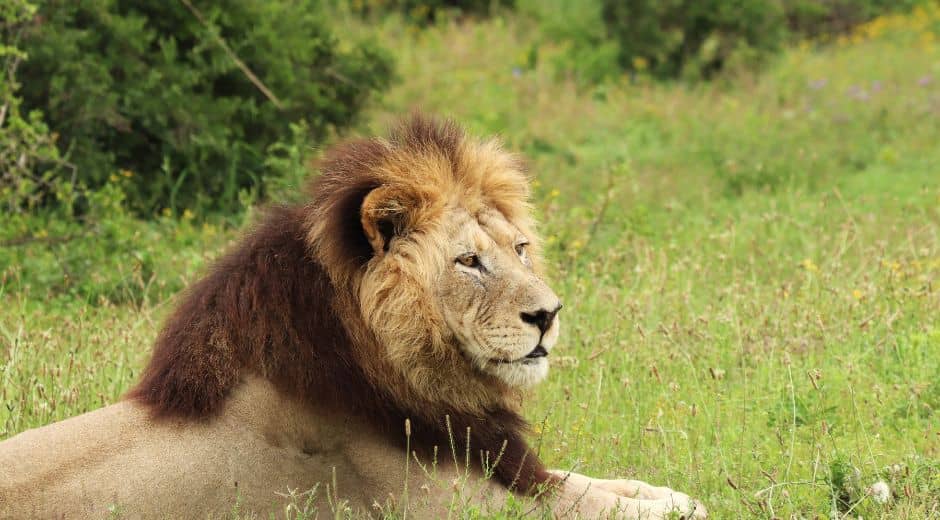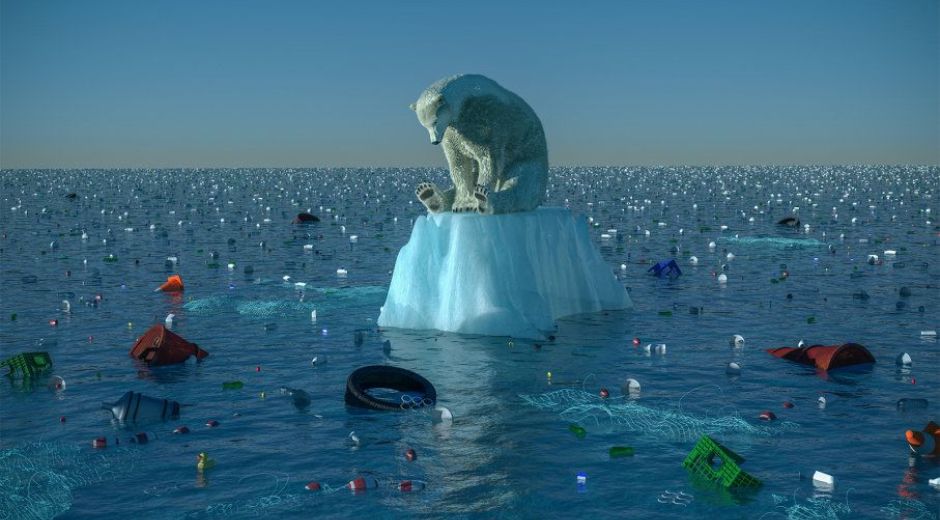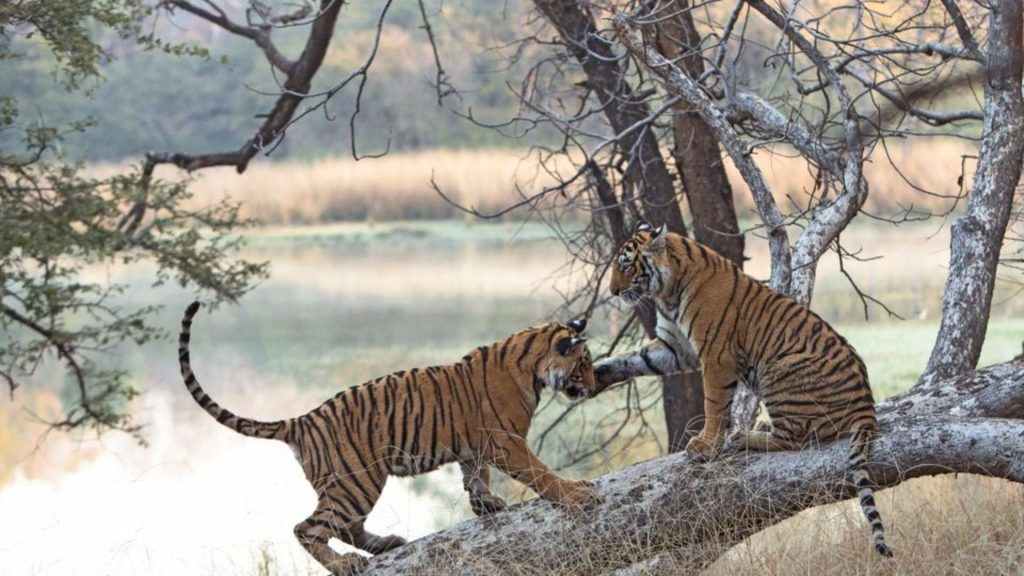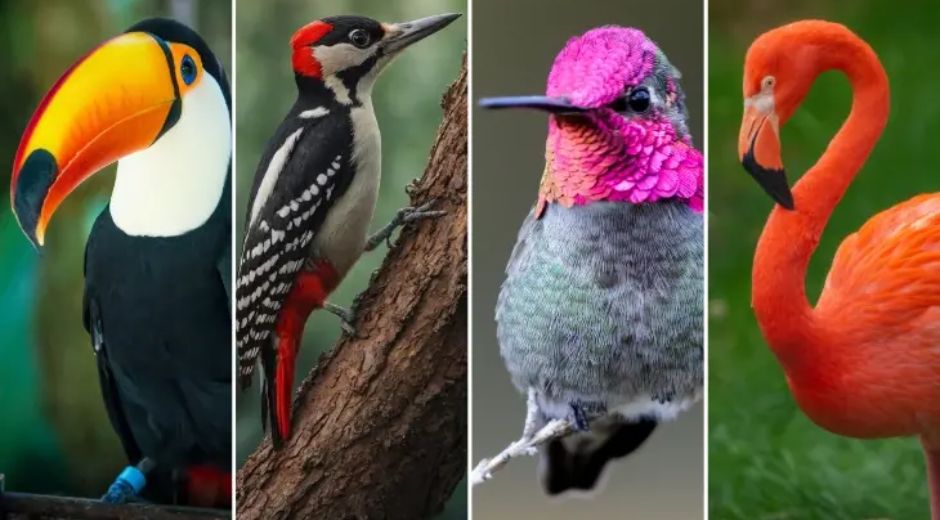Biodiversity: The Foundation of Earth’s Living Systems
Biodiversity is the living fabric of our planet. It represents every organism, from the smallest microbe to the largest mammal, connected in an intricate web of life. This variety gives Earth its resilience, beauty, and balance. Without it, ecosystems collapse, food chains crumble, and life loses its harmony.
What Is Biodiversity?
The term biodiversity refers to the variety of life forms within ecosystems, regions, and the entire planet. It includes not only species diversity but also genetic and ecosystem diversity. Every tree, insect, fish, and bird plays a role in maintaining balance, just like threads in a vast, interwoven tapestry.
Each species contributes something unique. Bees pollinate, fungi recycle nutrients, and predators regulate populations. When even one species disappears, the effects ripple across the entire ecosystem. This delicate balance is what keeps air clean, water pure, and soil fertile.
Why Biodiversity Matters
Life on Earth thrives because of its diversity. Forests produce oxygen, oceans regulate temperature, and wetlands purify water. These natural systems, called ecosystem services, sustain not only wildlife but also human civilization.
Losing biodiversity means losing stability. When habitats vanish, pollinators decline, and species disappear, ecosystems become fragile. Farmers struggle with reduced crop yields, and natural disasters become more destructive because the natural buffers—trees, reefs, and soil—are weakened.
As scientists remind us in reports from WWF, biodiversity underpins every aspect of human existence. Protecting it means protecting ourselves.
The Current Crisis
Unfortunately, biodiversity is under threat at an unprecedented scale. Habitat destruction, pollution, poaching, and climate change drive species toward extinction. The rate of loss today is estimated to be hundreds of times faster than the natural background rate of evolution.
Tropical rainforests, coral reefs, and grasslands—once teeming with life—are shrinking rapidly. Each loss, whether of an elephant or a bee, pushes the ecosystem closer to imbalance. It’s not only about rare animals; it’s about the invisible network that keeps everything alive.
Biodiversity and Climate
Climate and biodiversity are two sides of the same coin. Forests absorb carbon dioxide, coral reefs protect coastlines, and wetlands act as natural water filters. When biodiversity declines, the planet’s ability to regulate itself weakens.
In turn, climate change worsens the crisis by altering habitats. Polar bears lose ice, coral reefs bleach, and migratory birds face disrupted seasons. Protecting biodiversity becomes a frontline defense against global warming.
Nature’s Chain of Cooperation
Biodiversity also represents cooperation at its finest. In a single patch of soil, thousands of organisms work together—worms aerate the ground, bacteria decompose leaves, and roots hold everything together. These interactions form the basis of all ecosystems.
Predators maintain population balance, herbivores spread seeds, and plants provide food and shelter. The loss of one link affects all the others. This interconnectedness reminds us that survival is never individual, but collective.
The Role of Humans
Human activity both threatens and protects biodiversity. Urbanization, mining, and pollution reduce habitats, but humans also possess the tools to restore them. Reforestation, wildlife corridors, and marine sanctuaries show that recovery is possible when there is will and understanding.
Conservationists across the globe are leading initiatives to preserve endangered species. Projects in Kenya, Madagascar, and the Amazon focus on local communities, proving that protecting nature and supporting livelihoods can coexist.
At Zoopora, we emphasize that education is key to biodiversity awareness. People protect what they understand, and learning about nature’s systems inspires care and respect for every living being.
If you want to discover daily programs or research projects that support biodiversity preservation, CoolParentingTips, where my team will update relevant links every day.
Local Action, Global Impact
Protecting biodiversity starts small. Planting native species, reducing waste, supporting ethical farming, and protecting pollinators all contribute to the larger picture. Each garden, park, or forest patch can become a micro-habitat supporting countless forms of life.
Communities worldwide are proving that conservation doesn’t have to be complex. Simple actions, multiplied by millions of people, create global results. From coral restoration to tree planting, every step matters.
The Economic Value of Biodiversity
Beyond ecology, biodiversity fuels economies. Agriculture, medicine, and tourism all rely on natural systems. More than half of modern medicines come from compounds found in plants, fungi, and marine life.
Losing biodiversity means losing potential cures, foods, and innovations. Sustainable eco-tourism—like safaris or nature retreats—demonstrates that preserving life is not just ethical but profitable.
Hope Through Conservation
Despite alarming trends, success stories offer hope. Species like the giant panda, Arabian oryx, and humpback whale have made remarkable recoveries thanks to decades of conservation work. Protected areas now cover nearly 17% of Earth’s land and 8% of its oceans—a number that continues to grow.
Technology also aids conservation. Drones monitor illegal logging, satellites track migration patterns, and genetic research helps reintroduce species. These innovations show that humanity can reverse damage when effort and knowledge unite.
Biodiversity as Inspiration
Beyond science, biodiversity is a source of art, culture, and spirituality. Every forest sound, every ocean color, and every bird call adds to the story of life. Artists, poets, and philosophers have drawn inspiration from this diversity for centuries.
By immersing ourselves in the wild, we rediscover our place within the great chain of being. Biodiversity teaches humility, reminding us that humans are not above nature but a part of it.
Conclusion
Life is our planet’s blueprint. It maintains balance, inspires innovation, and defines what it means to live on Earth. Every bee, coral, and tiger represents a piece of the planet’s puzzle, vital to the whole.
Protecting nature’s richness is not a choice, it’s a responsibility. It demands cooperation, awareness, and respect. The future of our planet depends on how well we safeguard this vast, interconnected network of life.
Through understanding, compassion, and action, we can ensure that this natural diversity continues to flourish, allowing both nature and humanity to thrive together.
Wildlife Behavior Curiosity

Training and Trust: Building a Stronger Bond with Your Pet
Discover why biodiversity is vital for ecosystems, climate balance, and human survival, and how conservation protects life’s intricate web.

Biodiversity: The Foundation of Earth’s Living Systems
Discover why biodiversity is vital for ecosystems, climate balance, and human survival, and how conservation protects life’s intricate web.

Adaptation: How Animals Evolve to Survive Changing Worlds
Explore how adaptation helps animals survive climate shifts, predators, and new environments, revealing nature’s incredible resilience.












